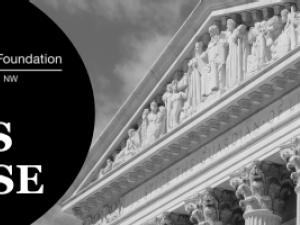S&P says new safety rules for railroad tank cars could increase shipping costs
posted by AJOT | May 04 2015 at 01:17 PM | Intermodal
The new rules, issued by the U.S. Department of Transportation (DOT) and Transport Canada on May 1, come after lengthy negotiations between regulators and industry stakeholders in the wake of several high-profile accidents involving tank cars carrying crude oil. There are approximately 150,000 tank cars in the U.S. and Canada that carry flammable liquids and virtually all are owned by shipping or leasing companies.
Although shipping costs will rise, Standard & Poor’s Ratings Services doesn’t expect that the new regulations will significantly reduce rail shipments of crude oil and ethanol (please see Standard & Poor’s Ratings Services’ article titled, “Increased U.S. And Canadian Regulations On Tank Cars Will Raise Costs But Not Cripple Crude By Rail,” published May 1, 2015, on Ratings Direct). Nor does it envision that these new regulations, in and of themselves, will result in lower ratings for affected shippers, leasing companies, railcar manufacturers, and railroads over the near term.
It remains unclear exactly how many existing tank cars will have to be scrapped and replaced, and how many can be retrofitted with the thicker tank shells, thermal jackets, improved valve and fitting protection, and added steel shields that are now required. The initial focus, however, will be on older tank cars that carry crude oil. Non-compliant tank cars will be phased out over periods ranging from two to 10 years.
The biggest costs for railroads will be the requirements for new, enhanced braking systems. These requirements had been fought by the railroad industry. Regulators will now allow some of these braking systems, such as electronically controlled pneumatic braking systems that cover entire trains, to phased-in gradually, while some less costly mandates will be implemented immediately.
The DOT estimates that the total present value of improvement costs in the U.S. over 20 years at $2.5 billion, of which $1.8 billion will go toward tank car building, replacement, and retrofitting, while $492 million will be for new braking systems. Transport Canada estimates a total CN$1 billion present value of costs in Canada on a similar basis.
These new regulation are expected to boost demand for tank cars by railcar manufacturers, even though lower oil prices have caused shale oil producers to level off or reduce production. Standard & Poor’s believes that given scope of the new requirements, railcar manufacturers can be expected to eventually see their revenues and earnings move higher. In addition, demand for compliant tank cars will benefit from the lack of alternative transportation, as new pipeline construction remains politically and environmentally contentious.
Companies that lease tank cars can typically recoup the costs of mandated regulatory improvements from their shippers, although they usually only recover the full costs of the capital improvements or new tank cars over a period of years. The leasing companies will also probably choose to scrap some of their older cars, and while that will cause them to write off these assets, Standard & Poor’s doesn’t expect to see significant balance sheet damage as a result.








